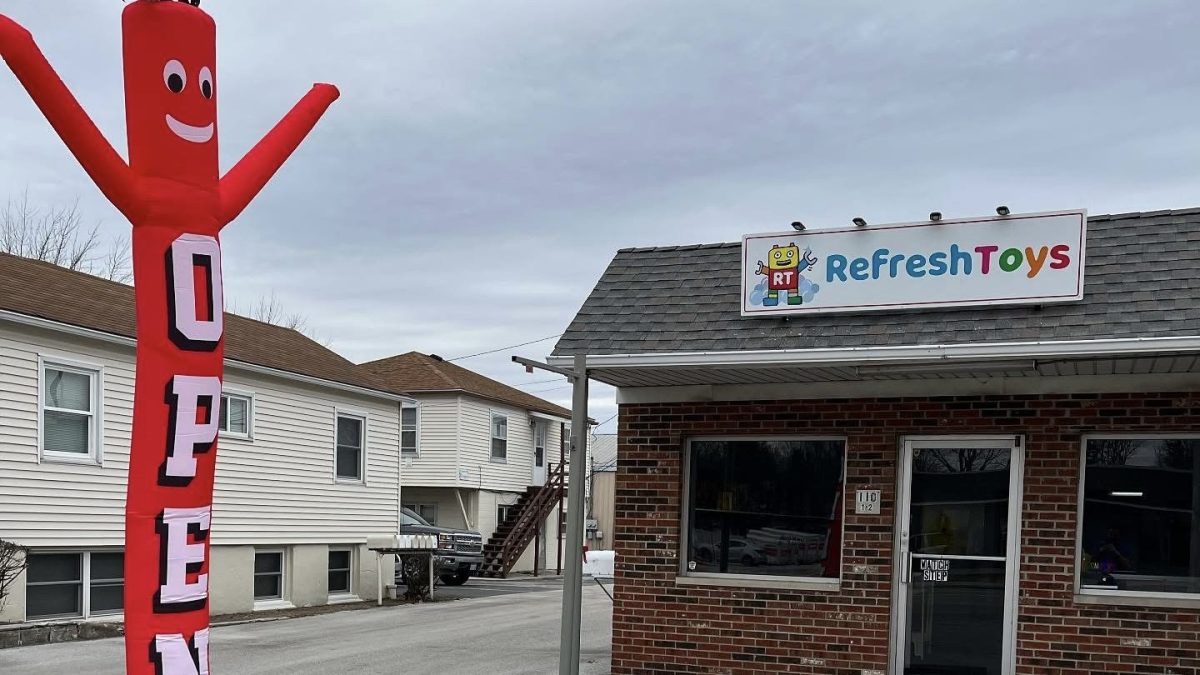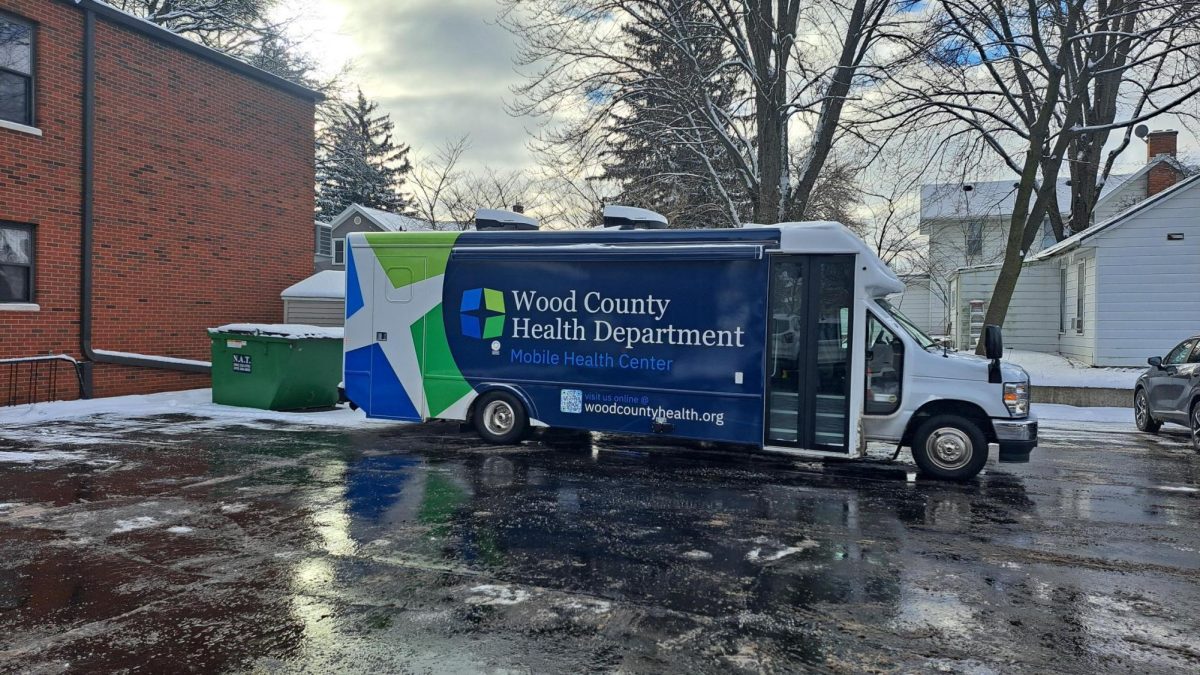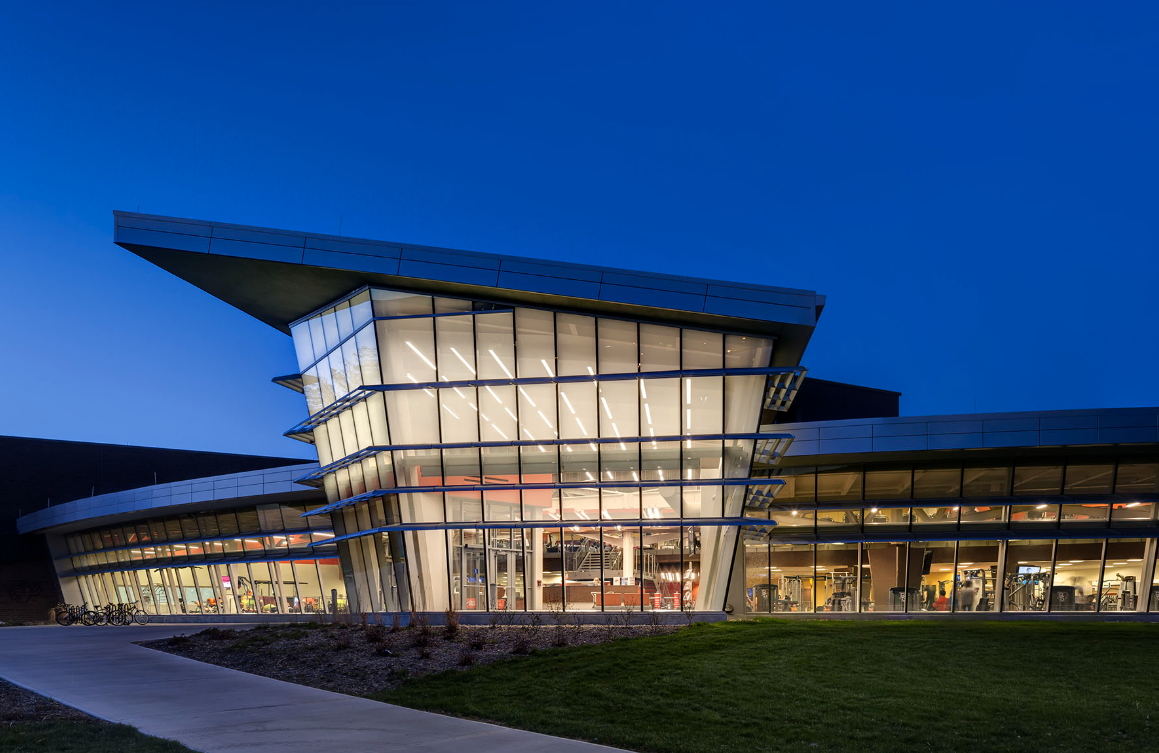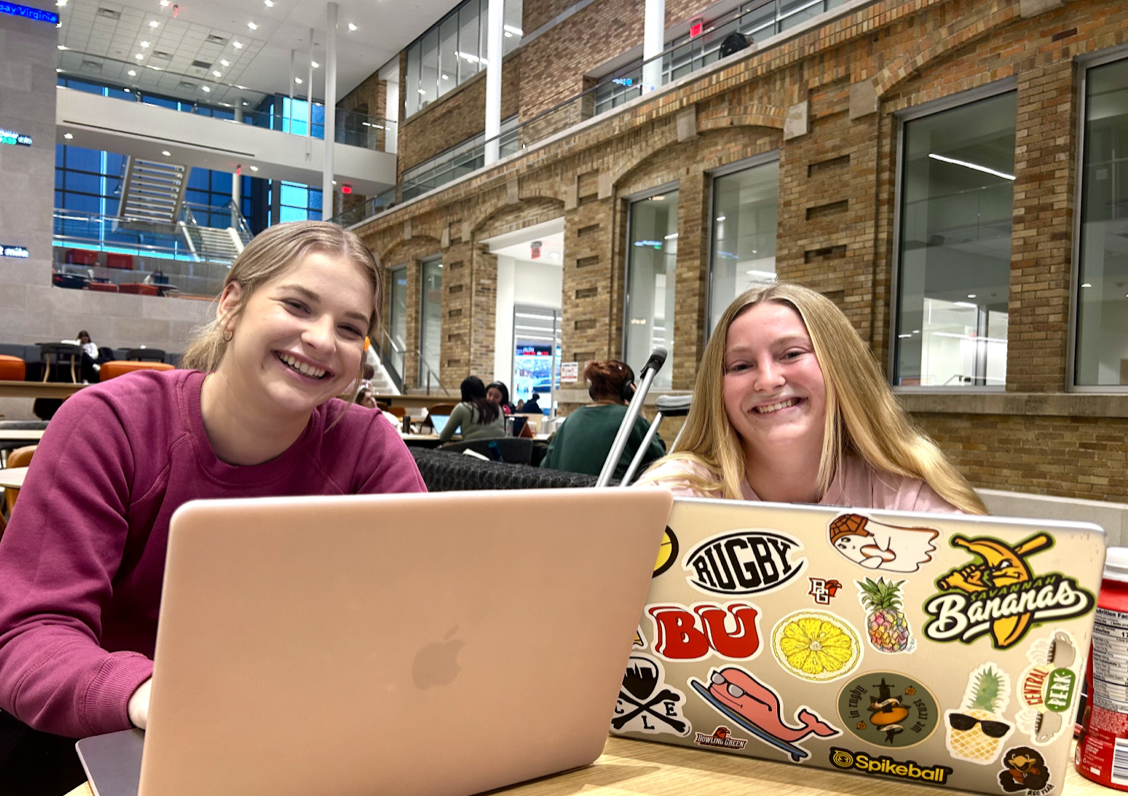The University has recently been selected to partner with GRA Inc. and Strategic Partners and Associates on an ongoing project to study the effects of airline industry changes on small airports.
GRA Inc. is an air transportation-industry economic and policy-consulting firm, and Strategic Partners and Associates works as an air service development consultant.
Because larger, more successful airlines are starting to merge, there are fewer available flights. The airlines are focusing these fewer flights on larger airports, while reducing service at smaller airports.
This project, conducted by Russell Mills, an assistant professor in the political science department, will examine strategies in use by small airports to retain or attract new service.
Junior Kasie Durkit has worked as an understudy doing research for the project since this past summer.
“I had [Mills] for a class and he was very engaging and had everything in order, so I emailed him over the summer and told him if he had any projects he needed assistance with, I’d love to help,” Durkit said.
After Mills asked Durkit to help with this particular project, research and fact checking began.
“Why are [people] constantly flying over the little airports?” Durkit said.
Mills worked for the Federal Aviation Administration for about two years, which helped him learn how to write grant proposals. The FAA gave Mills a $300,000 grant for this project. There are a few more in the works.
Durkit and Mills, along with Michael Carroll and Will Burns, came together to start researching how small hub and non-non hub airports can thrive, grow and learn from the more successful ones in order to attract more people.
A non-non hub airport is an airport that does not have a docking point at it. For example, the Wood County Airport is considered a non-non hub airport. Small hub airports have a docking point, such as the Toledo Express Airport.
Carroll and Burns are the economic developers in this project where they help show the demographics, Burns said.
“We try to help see what will work and what won’t,” Burns said.
Financially, more people would be travelling to other airports that had cheaper rates, and were bigger airports that offered more.
“The incentive part of this project was figuring out these [smaller non hub] airports’ marketing strategies,” Durkit said.
Part of that would be to waive certain little fees, such as landing fees. Another way would be using social media to advertise and spread the word.
“Using hash tags [for Twitter] and other social media will help. Also, letting people know that ‘Hey, even though we are a local airport, we can offer what bigger airports offer,’” Durkit said.
After the research, Mills said he and his team narrowed it down to 15 case studies of airports that either were extremely successful or not successful, to determine what airports should do and don’t do.
They then narrowed it down to five focus groups — one of which is the Toledo Express Airport.
“Bowling Green’s airport is considered a non-non hub airport and doesn’t receive enough traffic to be a part of this,” Durkit said. “But if they ever considered to expand, this research would certainly help.”
Mills will be travelling within the next couple of months to each focus group they selected to talk to their airport managers, he said.
“It will give us a better look at what we can do to help,” Mills said.
This project is just in the first stage of development, but after the team travels to the five focus group airports, they will analyze the material for a written analysis.
This will then be put into a report to be distributed to airport managers around the country.
“Providing service to these little airports will be a great feeling in the end,” Durkit said.













